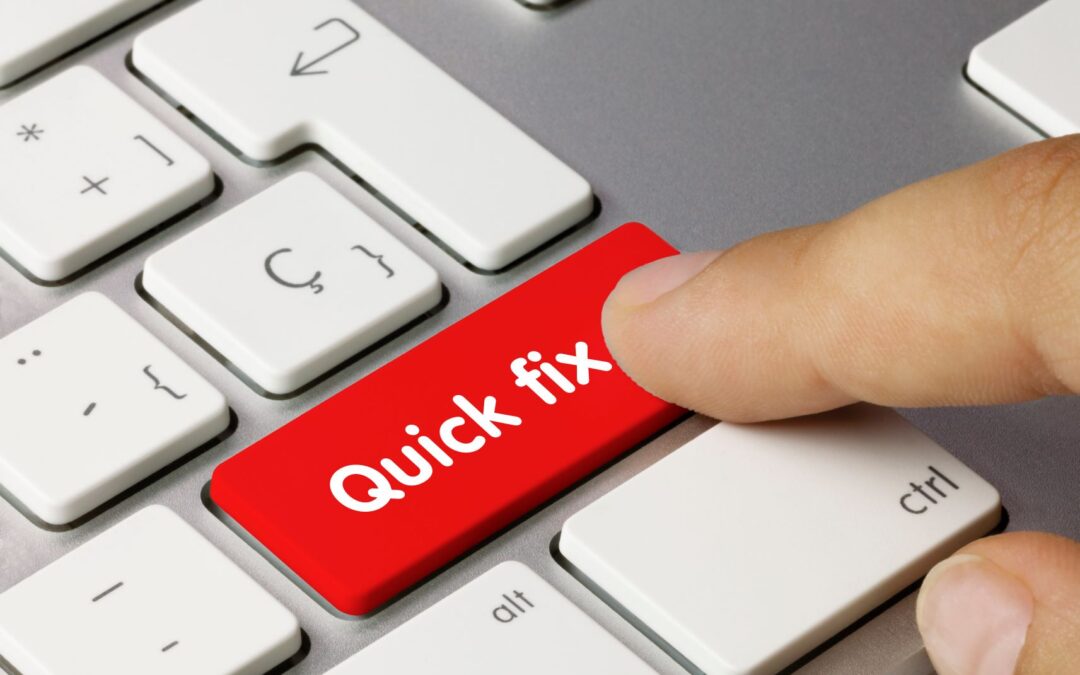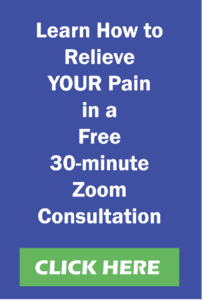For decades, one of the biggest issues in the U.S. healthcare system has been medical overtreatment or a healthcare quick fix. A recent article in The Medpage Today, “Is Physical Therapy a Solution to the Epidemic of Unnecessary Surgery?” discussed how physical therapy, in many situations, could be more effective than surgery and far cheaper. The article was written by Dr. Vijay Yanamala and published May 23, 2022. Here The bottom line is, that instead of looking for miracle cures for all our ailments, we need to be learning how to take care of our bodies better through diet and lifestyle.
The Patient’s Role in Health Care
Most of us visit our doctors, let them examine us with little input from us, and hope there is an easy solution. Let’s think about it from the doctor’s point of view. Imagine I come to see you. I complain about back pain in a specific area. I do not tell you what activities I have been doing, what foods I am eating, nor what movements make it worse. Yet I want you to tell me why it hurts and fix it immediately. I realize this may be a little over-exaggeration, or maybe not. The point here is you are a part of the team.
In the above-mentioned article, the author talked about back pain and how it will affect up to 84% of all of us at some point in our lives. It is one of the most common reasons we visit our doctors. According to the article, the origins of the pain remain unknown to the patient and the medical practitioner.
This can be explained by how our practitioners are taught about muscles and what we, as humans, are told about our muscles. As practitioners, we are taught to treat the site of pain. For all of you who have spent time with me you know that most times, the cause is far from the site of pain. The question in any treatment is, are we treating the symptom or the cause of pain?
Back pain is a great example of this. How many times have you seen a company employee that moves objects in a warehouse wear an elastic back brace? Most companies would require all employees to do so because they are trying to prevent a back injury. Yet many of these same employees may suffer from back pain anyway. Why?
Even though the employee is lifting the object the correct way and wearing a back brace, the cause of the pain is probably coming from the front of their thighs. It is true that you want to lift with your legs so as to not strain the muscles of the lower back. However, by using your legs you are tightening the muscles of the legs.
The muscles on the front of your thighs, the quads, when shortened, will tilt the pelvis forward as you stand causing you to lean forward. To prevent ourselves from standing like an old man or woman, we will contract the muscles in the lower back causing increased compression of the low back area, the lumbar area. Left untreated, it could lead to bulging or herniated discs or pinched nerves. This is where you come in. Stretching your upper quads with my Stretch n’ Release Technique daily can prevent future back pain and even reverse most of the tightness you are dealing with today. By taking the compression off the low back area, you allow the spacing between the vertebrae to improve and hopefully reduce the pain.
By taking more control over your health and becoming a part of the team and not just an innocent bystander, you could prevent, and reduce, your chances for future injuries. Let your health practitioner be a resource for how you can improve your health through understanding what you have control over versus what you do not.
Things You Can Do Today
How you walk, stand, and move determines future injuries. For example, tight calves can create back pain for golfers or any athlete that swings a club, racquet, or bat. Tight calves can create knee pain for runners, walkers, or any athlete that jumps. Tight hips can create back pain for swimmers and dancers. Tight quads can create back and neck pain for bikers and anyone lifting weight.
As I have said many times, the calves are the most important area to stretch on your body. The calves affect the foot vertically, horizontally (think supination, pronation), and rotationally. This affects nearly every move you make in your daily life. Since most of us sit for our jobs and in our lives, the quads would be the next most important stretch to do daily. When the quads are tight, standing up can be a challenge. Most back pain is caused by the quads, however, the hamstrings and inner thighs can contribute as well. Here’s a simple test if you are experiencing back pain. If you stand and your back hurts or need a pillow under your knees to prevent back pain while lying down, then chances are your quads are tight. If your back hurts while seated, but stops when standing, then it is probably your hamstrings.
Learning how your muscles function can help you visualize the possible causes of your aches and pains. Too many times aches and pains are blamed on the aging process. However, when I see teenagers and twenty-somethings complaining about the same aches and pains, it causes me to question the entire aging process narrative. Most people, young and old, are suffering from chronic aches and pains. Learning to address them on your own can prevent a lifetime of damage that can be done to your body and save you from additional suffering, be it physical or financial.
I hope you read the full article and let me know what you think.
Want to Talk with Me Directly? Start Here
We’re happy to offer you a complimentary 30-min virtual consultation so you can experience this for yourself. Schedule your introduction to Stretch n Release now.
About The Muscle Repair Shop
Drawing upon his personal experience as a former competitive athlete turned wheelchair, obese and chronic pain sufferer, Muscle Repair Shop Founder Butch Phelps decided to take his health into his own hands when at the age of 36 he was told he might not make it to his 40th birthday. Applying balanced nutrition advice from his doctor along with a sound exercise program, he went from 315 lbs. to 180 lbs. Motivated by his experience, he then acquired degrees in advanced therapeutic massage and aging sciences to help people eliminate chronic pain. This included applying his expertise in how people age, including the effects of dementia, anatomy, psychology, and the day-to-day struggles living as an older person to his practice and development of The Muscle Repair Shop’s one-of-a-kind Stretch n’ Release Technique.
Available through in-office and virtual coaching treatment sessions, this unique combination of stretching and breath work teaches the brain to release the emotional side of muscle tension and pain allows clients to find lasting relief and healing from stiffness, aches, injuries, and chronic pain. The at-home exercises come with customized instructional videos and virtual or in-office support, allowing clients to enjoy and experience life and sports as they did before limitations slowed or curtailed activities.


